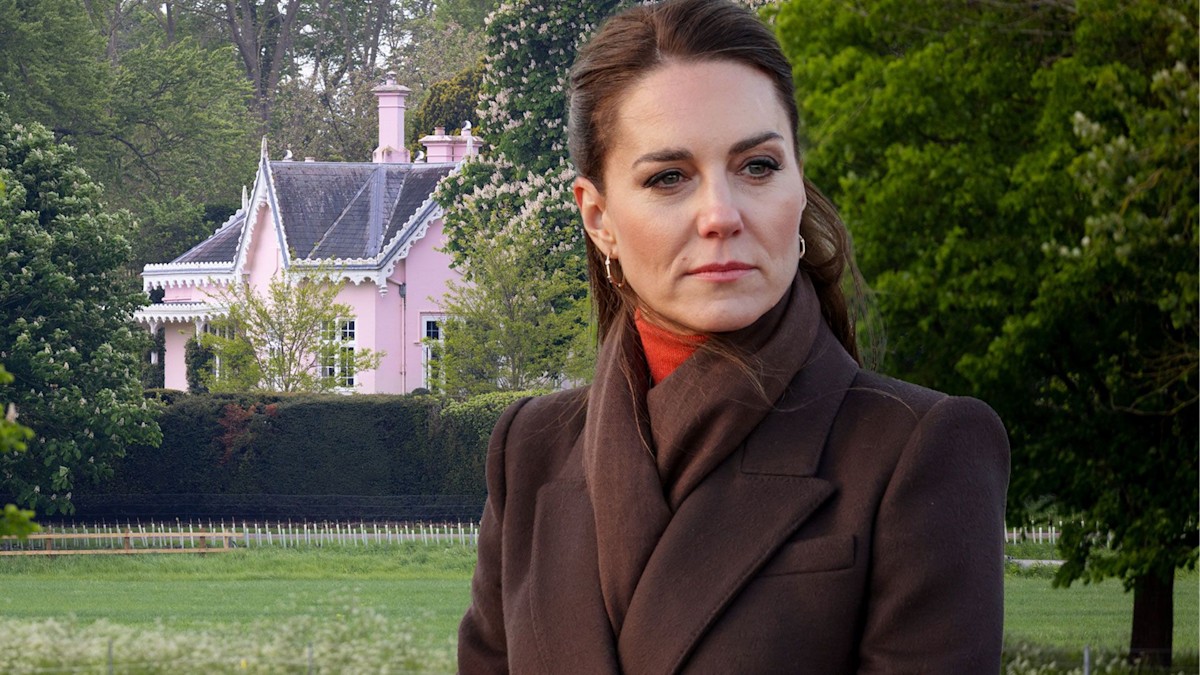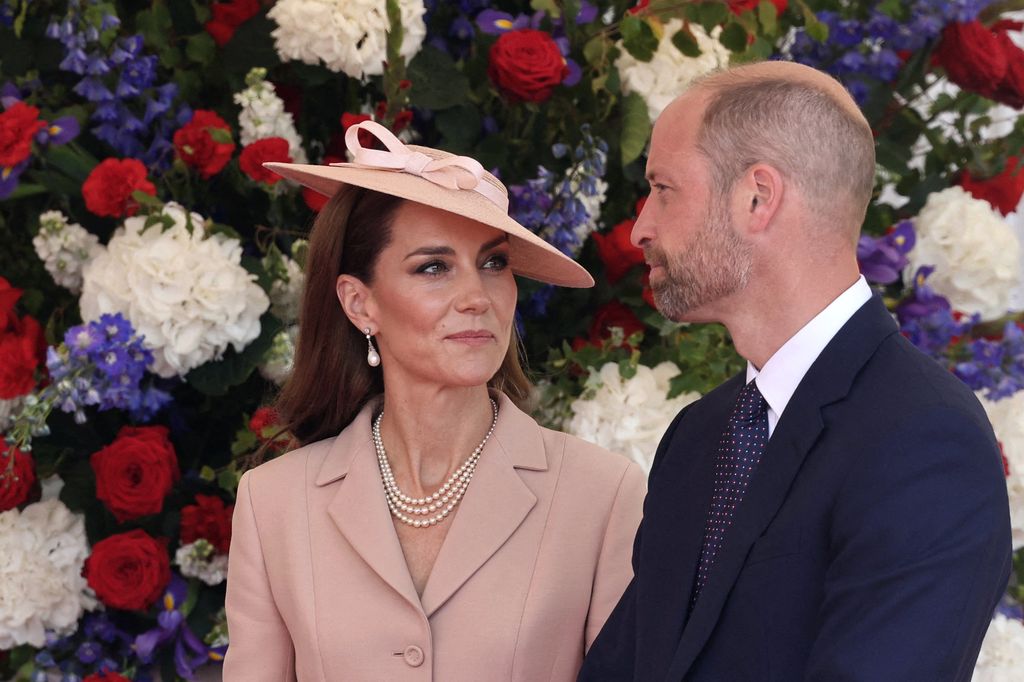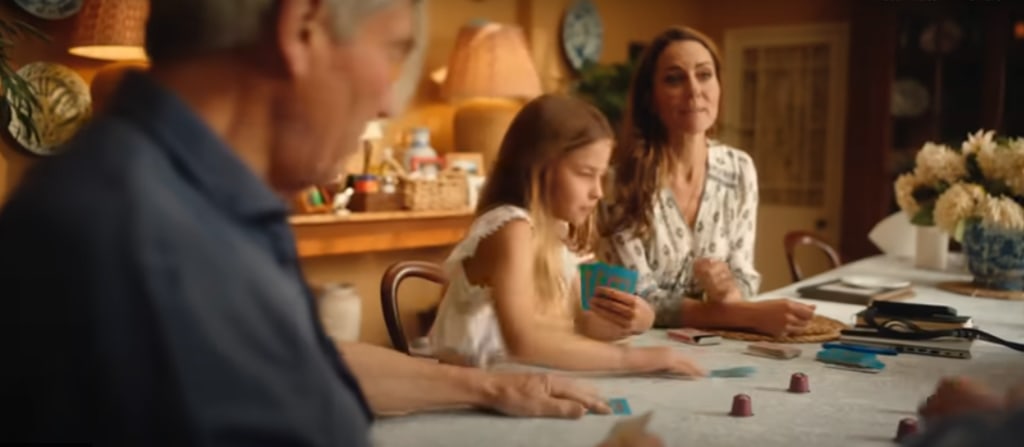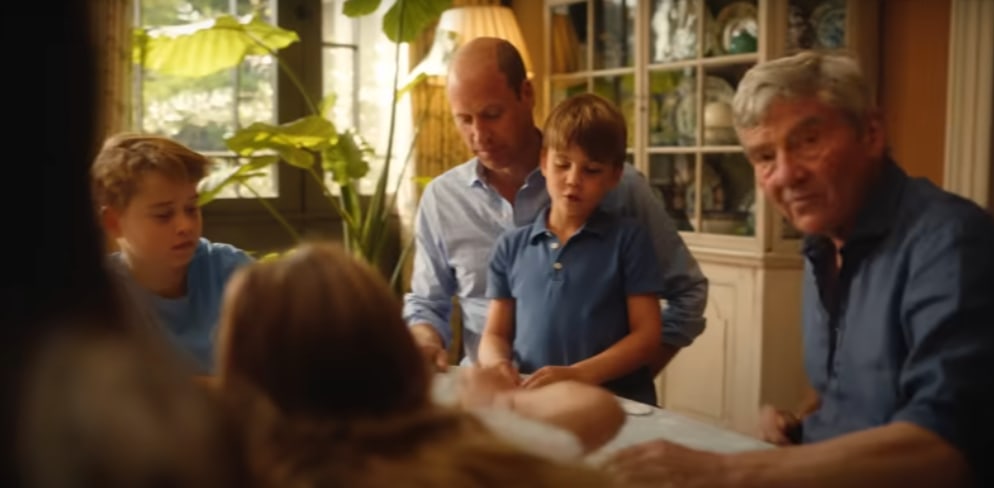The Prince and Princess of Wales’ home at Adelaide Cottage couldn’t look more idyllic with its candy pink exterior and beautiful rose garden.
But before it came into the hands of William and Kate, both 43, Adelaide Cottage, their four-bedroomed home in Windsor, was previously the home of Group Captain Peter Townsend, equerry to the late Queen Elizabeth’s father King George VI, who was offered the property as a grace-and-favour residence in 1944.
Though the home was undeniably beautiful, Princess Margaret’s ex Peter Townsend had his complaints, calling the home an “ice box” for only having two radiators.
However, in 2015, while William and Kate were still living in an apartment at Kensington Palace, Adelaide Cottage was renovated.
Adelaide Cottage gets a glow-up
Maintaining the historical architecture and original porch of Adelaide Cottage was a high priority in the 2015 renovations. The manicured gardens surrounding the property also remain almost untouched for nearly 200 years.
However, the glow-up did include a set of lavish decorative features, reportedly including gilded dolphins and rope ornamentation on the ceiling of the master bedroom, and a Graeco-Egyptian marble fireplace.
The Waleses, along with their children Prince George, Princess Charlotte, and Prince Louis, moved into Adelaide Cottage in 2022. It since featured in Kate’s infamous Mother’s Day photo of 2024 when she was seen posing on the patio outside, surrounded by all three of her children.
William and Kate’s secondary homes
Though Adelaide Cottage, no longer an ice-box, is William and Kate’s main home, they also split their time at Anmer Hall in Norfolk and Llwynywermod, a house in Carmarthenshire which is owned by the Duchy of Cornwall and offered to the couple when they visit Wales.
Anmer Hall, just a stone’s throw from Sandringham, is a Georgian country home featuring two storeys and an attic with dormer windows. It offers 10 bedrooms and features an interior design courtesy of Ben Pentreath.
According to British Vogue, the “colour scheme is largely neutral – with cream walls, gilt frames and natural textures, including wicker and bamboo – although the dining room is reportedly painted in a bold jewel green.”
The design speaks to Ben Pentreath’s signature style which, As he wrote in his book English Decoration in 2012, combines a “myriad ingredients” to make a perfect space – “the ticking of a clock, or the deep, still silence of an old room in the country; and scents – of garden roses, or woodsmoke… But above all, the most magical – and, of course, elusive – constituent of English decoration is gentle, slow-roasted time,” he penned.
Read the full article here











